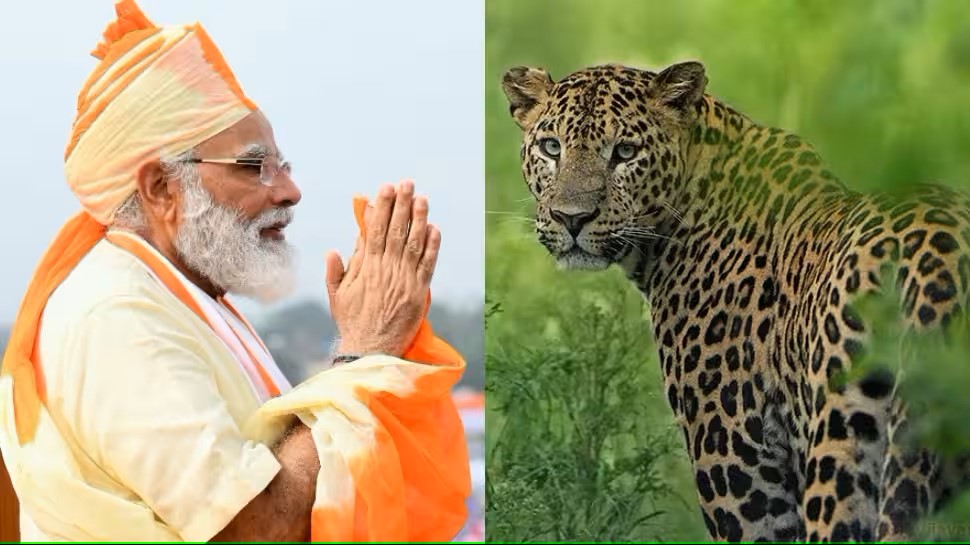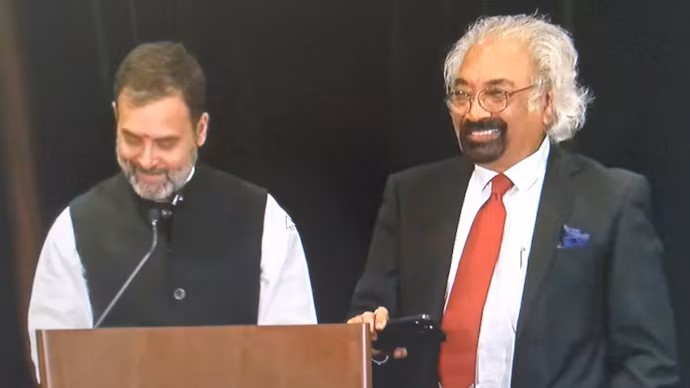Prime Minister Narendra Modi recently expressed his delight at the increasing population of leopards in India, highlighting it as a significant achievement in the nation’s ongoing environmental stewardship. He commended this positive trend as a testament to India’s unwavering dedication to biodiversity conservation and applauded the collective efforts of individuals and organizations involved in wildlife protection initiatives. These collaborative efforts, the Prime Minister emphasized, have paved the way for a more sustainable coexistence between humans and wildlife.
 India’s leopard population has witnessed a notable rise, currently estimated at 13,874 individuals, compared to 12,852 recorded in 2018. This upward trajectory signifies the effectiveness of various conservation efforts undertaken at national and regional levels. Notably, Central India emerges as the region with the highest concentration of leopards, with Madhya Pradesh leading the pack with an estimated 3,907 individuals. This regional data provides valuable insights into the diverse distribution patterns of these majestic creatures across the Indian subcontinent.
India’s leopard population has witnessed a notable rise, currently estimated at 13,874 individuals, compared to 12,852 recorded in 2018. This upward trajectory signifies the effectiveness of various conservation efforts undertaken at national and regional levels. Notably, Central India emerges as the region with the highest concentration of leopards, with Madhya Pradesh leading the pack with an estimated 3,907 individuals. This regional data provides valuable insights into the diverse distribution patterns of these majestic creatures across the Indian subcontinent.
Responding to the positive news, Prime Minister Modi stated: Great news! This significant increase in leopard numbers is a testament to India’s unwavering dedication to biodiversity. I compliment all those who are part of the various collective efforts towards wildlife protection, paving the way for a sustainable coexistence. His statement underscores the critical role of collective action in achieving successful conservation outcomes. These efforts not only benefit wildlife populations and ensure the health and well-being of ecosystems but also contribute to a more balanced and sustainable future for generations to come.
The Prime Minister’s message serves as a powerful call to action, encouraging continued dedication and collaboration among individuals, organizations, and government bodies to ensure the long-term protection of India’s diverse wildlife and the delicate ecological balance of its ecosystems. By working together, India can continue to build upon this success story and foster a future where humans and wildlife can coexist harmoniously, enriching the nation’s natural environment and cultural heritage.




